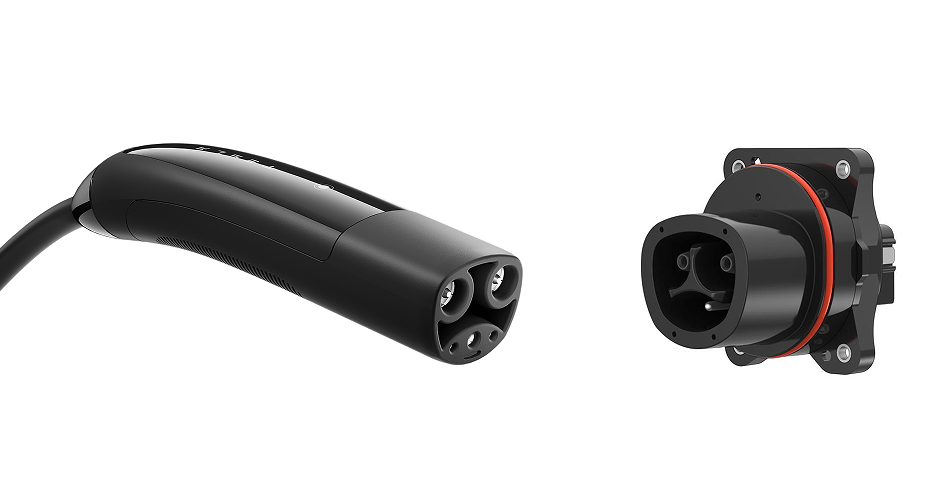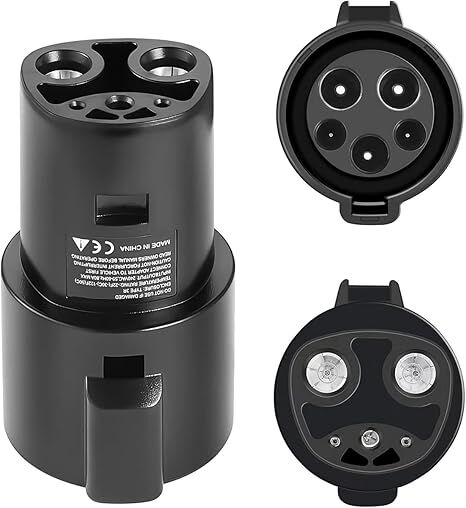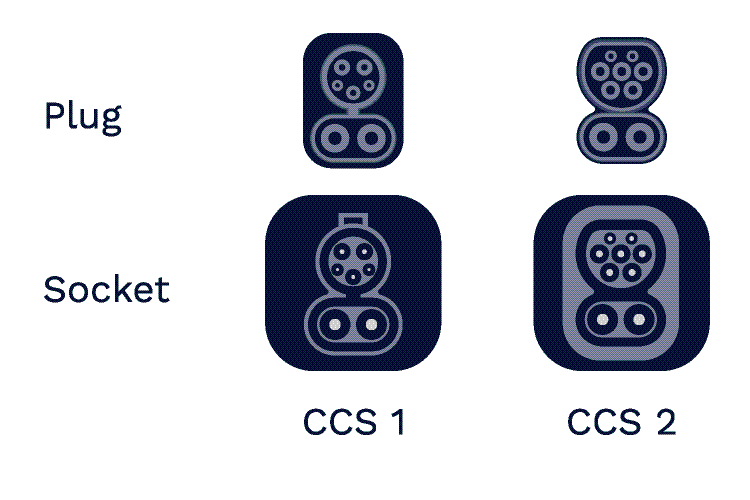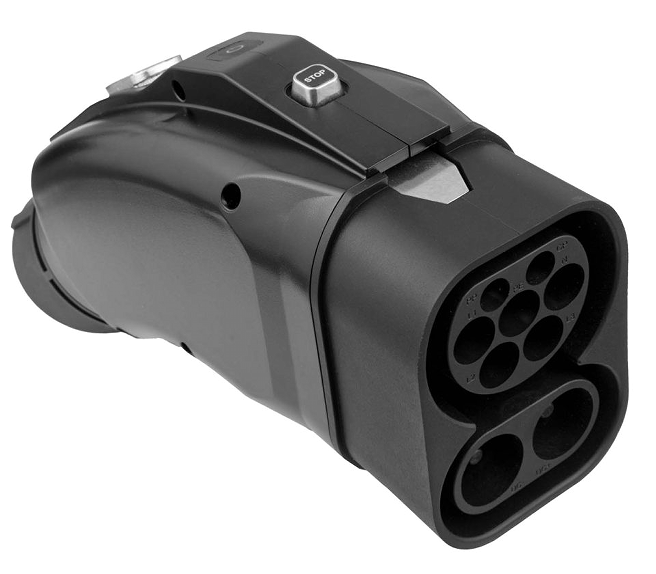The electric vehicle (EV) landscape in North America is undergoing a major transformation. One of the most pivotal developments in recent years has been Tesla’s decision to open its Supercharger network to non-Tesla EVs. This shift, combined with a historic agreement among American automakers to adopt a single unified charging standard, is reshaping the way EV drivers power their vehicles.
The industry-wide transition toward the North American Charging Standard (NACS), also known as the Tesla connector or J3400, promises to eliminate much of the complexity and fragmentation that has plagued public EV charging infrastructure. For EV drivers, this means a future of greater interoperability, simplified charging experiences, and expanded access to fast-charging stations—especially Tesla’s renowned Supercharger network.
But this evolution won't happen overnight. As automakers gradually roll out vehicles equipped with NACS ports and charging networks begin phasing out older systems like CHAdeMO, adapters are emerging as a critical solution to bridge the gap.
In this article, we explore everything you need to know about EV charger adapters—how they work, which ones are available, and how to choose the right one for your vehicle in a rapidly evolving landscape.
As the charging ecosystem transitions, EV drivers find themselves navigating a mix of legacy connectors and newer technologies. While some new EV models are already shipping with NACS ports, many existing vehicles on the road still rely on older standards such as SAE J1772, CCS1, or CHAdeMO.
This disparity creates compatibility challenges that make adapters an essential tool. Whether you’re trying to charge a non-Tesla vehicle at a Tesla station or a Tesla at a public CCS fast charger, an appropriate adapter ensures access to the energy you need—when and where you need it.
Until the NACS standard becomes universal, adapters are the key to unlocking more charging opportunities and reducing range anxiety. Understanding which adapter to use (and when) will help you stay charged and confident on the road.
Selecting the best EV charger adapter isn’t just about plug types—it’s also about safety, performance, and usability. Here are the most important factors to consider:
Different charging levels require different power capabilities. Make sure the adapter you choose can handle the maximum output of your EV and the charging station.
Level 1 and 2 Chargers: Typically operate at 120V or 240V and may draw 16A to 80A.
DC Fast Chargers: Can go up to 500A and 1000V, requiring heavy-duty adapters designed for high power throughput.
Underrated adapters can overheat or fail. Always check the maximum amperage and voltage ratings before use.
Identify both your EV's charging inlet and the plug type at the station you want to use. The most common connectors include:
NACS (Tesla Connector): Used by Tesla and increasingly adopted by other manufacturers.
SAE J1772: Standard for most non-Tesla EVs for Level 1 and 2 charging.
CCS1: Common fast-charging connector for many non-Tesla EVs.
CHAdeMO: Older fast-charging standard used by Nissan and Mitsubishi.
Verify your adapter supports both your vehicle’s inlet and the charging station's plug.
Safety is non-negotiable. Always purchase adapters from trusted brands that meet international safety standards such as:
UL (Underwriters Laboratories)
TÜV (Technischer Überwachungsverein)
SGS (Société Générale de Surveillance)
These marks indicate the product has passed rigorous testing for fire resistance, durability, and electrical safety.
If you plan to use your adapter outdoors or in harsh weather conditions, choose models that offer:
IP67 Weatherproof Rating: Resistant to water, dust, and extreme temperatures.
Rugged Construction: Built with impact-resistant housings and high-grade conductors.
These features are especially critical for road trips or daily public charging.
An EV charger adapter should be compact enough to store easily in your trunk or glove box, especially for drivers who frequently charge away from home. Look for lightweight, plug-and-play designs that don’t require extra tools or configuration.
Navigating different EV charging standards can be confusing, but a basic understanding of the main types will help you choose the right adapters:
Who Uses It: Tesla (and increasingly, other brands)
Charging Levels: Level 1, Level 2, and DC Fast Charging
Key Feature: One universal port for all speeds of charging
Tesla’s proprietary connector is sleek, compact, and now the basis for the new NACS standard. Most Tesla Superchargers use this connector.

Who Uses It: Most non-Tesla EVs
Charging Levels: Level 1 and Level 2
Key Feature: The current North American standard for AC charging
This is the most common port found on public chargers and home EVSE units outside the Tesla ecosystem.

Who Uses It: Ford, GM, Volkswagen, Hyundai, and more
Charging Levels: Primarily DC Fast Charging
Key Feature: Combines J1772 base with two high-voltage DC pins
CCS1 enables rapid charging and is the dominant fast-charging standard for non-Tesla EVs—although that is likely to change as NACS adoption increases.

Who Uses It: Older Nissan LEAF, Mitsubishi Outlander PHEV
Charging Levels: DC Fast Charging
Key Feature: Used in fewer new vehicles today
Once the go-to for DC fast charging, CHAdeMO is rapidly falling out of favor in North America. Tesla has discontinued CHAdeMO adapters, and most networks are phasing it out in favor of CCS and NACS.

Below is a breakdown of the most commonly used EV charger adapters and what scenarios they support:
Use Case: Allows non-Tesla chargers (Level 1 or 2) to charge Tesla vehicles
Typical Specs: 80A, 240V support
Recommended For: Home chargers, public AC stations
Tesla vehicles don’t come with a J1772 inlet but can charge from these stations with a simple adapter, usually provided with the car.
Use Case: Enables non-Tesla EVs to charge at Tesla Destination Chargers
Typical Specs: 40A or 80A versions available
Recommended For: Non-Tesla drivers accessing Tesla wall connectors
Note: This adapter won’t work at Tesla Superchargers unless the station has Magic Dock built-in.
Use Case: Allows Tesla vehicles to fast charge at CCS1-compatible stations
Typical Specs: Up to 500A / 1000V
Recommended For: Tesla drivers without access to Superchargers
Tesla began supporting CCS1 with the Model 3 and newer models. A CCS adapter unlocks fast charging at Electrify America and other third-party networks.
Use Case: Allows non-Tesla EVs to charge at Superchargers (if Magic Dock is available)
Typical Specs: Varies; compatibility still expanding
Recommended For: Non-Tesla EV owners in transition regions
Not widely sold but could become more common as more Superchargers open up.
Use Case: Allows Tesla vehicles to charge at CHAdeMO stations
Status: Discontinued by Tesla in North America
While once useful for legacy chargers, this adapter is no longer recommended as CHAdeMO fades into obsolescence.
The good news is that EV charging is becoming simpler. The not-so-good news is that it may take several more years before a truly unified system is in place. During this transition, adapters remain essential tools for ensuring flexibility and access.
Here’s what the future holds:
NACS Becoming Universal: With Tesla, Ford, GM, Rivian, Mercedes-Benz, and others committing to NACS, expect it to dominate the U.S. market.
CCS and CHAdeMO Decline: As newer EVs adopt NACS, CCS and CHAdeMO infrastructure may be scaled back or repurposed.
Superchargers Opening Up: Tesla’s Magic Dock-enabled Superchargers are already helping non-Tesla EVs charge—no adapter required.
More OEM Support: Automakers are now shipping NACS-to-CCS adapters and pre-installing dual-port support in new models.
Adapters are more than just convenience tools—they’re your passport to freedom in a fragmented charging ecosystem. Whether you're a Tesla owner trying to access a public charger or a non-Tesla EV driver eyeing the Supercharger network, the right adapter ensures you're never stranded.
As the EV industry moves steadily toward a standardized future, being equipped with the proper charging accessories will save time, reduce hassle, and maximize your driving range.
Stay informed, choose certified products, and keep a few essential adapters in your trunk—because the open road shouldn’t be limited by your connector type.
